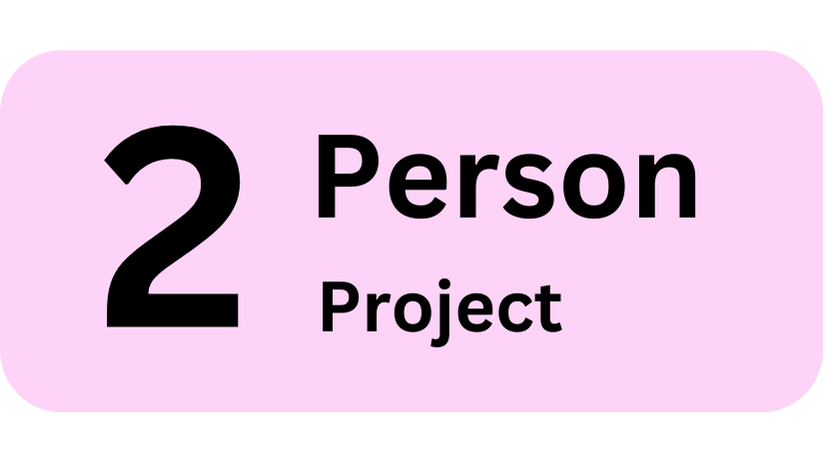Unit 2 → Subtopic 2.11
Income Inequality in the World: Where is it Worst?
Income inequality is a growing issue worldwide, with some countries experiencing extreme wealth concentration, while others implement policies to promote fairer income distribution. High levels of inequality can lead to social unrest, reduced economic mobility, and slower economic growth, making it a crucial economic issue. This project challenges students to compare different sources on global income inequality, analyzing where it is most severe, why it occurs, and how governments attempt to address it.
Students will research multiple sources, such as global economic reports, academic studies, government data, and opinion pieces, to examine the extent of income inequality in different countries. They should compare how inequality is measured—using the Gini coefficient, wealth distribution charts, and wage disparities—to determine which countries have the most extreme inequality and which have the most balanced income distribution.
A key focus of this comparison is why inequality varies between countries. Students should explore factors such as education access, labor market conditions, tax policies, and globalization to understand how these contribute to disparities. Some sources may argue that free-market policies drive inequality, while others claim that government intervention through taxation and social programs helps reduce disparities. Students should critically assess these viewpoints, evaluating whether policy recommendations are based on data or ideological biases.
The final comparative analysis will assess how different sources explain global income inequality, discussing the reliability of data, economic reasoning, and policy effectiveness. The goal is for students to gain a deeper understanding of how income distribution affects economic stability, social mobility, and public policy decisions.
Recommended Procedure:
Gather Different Sources on Income Inequality – Collect reports from organizations like the World Bank, IMF, United Nations, and economic research institutions, as well as academic papers and news articles.
Compare Countries with Extreme vs. Balanced Income Distribution – Use Gini coefficient rankings and economic indicators to determine where income inequality is highest and lowest.
Analyze Causes of Income Disparities – Research how factors such as education, taxation, labor laws, and government intervention impact income inequality.
Evaluate Policy Approaches and Their Effectiveness – Compare how different countries address inequality through progressive taxation, minimum wage laws, and social safety nets.
Write a Comparative Analysis on Global Inequality – Summarize findings, highlight differences in policy approaches, and discuss whether inequality is an inevitable result of economic systems or a problem that can be solved through government intervention.
Suggested Sources:
Understanding Income Inequality and Measurement Tools:
Investopedia: What Is the Gini Coefficient? – https://www.investopedia.com
Khan Academy: How Income Inequality Affects Economies – https://www.khanacademy.org
2. Global Reports on Income Disparities:
World Bank: Global Income Inequality Trends – https://www.worldbank.org
IMF: Causes and Consequences of Income Inequality – https://www.imf.org
3. Economic Policy and Government Interventions:
OECD: How Taxation Affects Income Inequality – https://www.oecd.org
United Nations: Sustainable Development and Economic Equity – https://www.un.org
4. Debate on Free Markets vs. Government Regulation:
The Economist: Does Free-Market Capitalism Worsen Inequality? – https://www.economist.com
Harvard Business Review: Government Policies and Wage Gaps – https://hbr.org
Grading Rubric:
Total Points: __ /20














